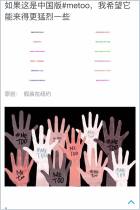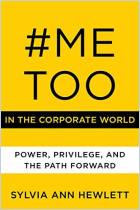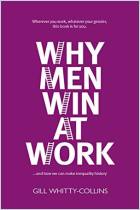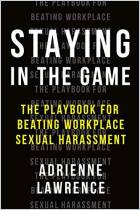
Book
Awakening
#MeToo and the Global Fight for Women's Rights
Recommendation
Starting in 2017, activist Tarana Burke’s #MeToo hashtag provided an online forum for women speaking up about sexual abuse, rape and harassment. Rachel Vogelstein and Meighan Stone, who work on women’s issues at the Council on Foreign Relations, provide insight into how technology and #MeToo supported women activists in Brazil, China, Pakistan, Nigeria, Egypt, Tunisia and Sweden. Their stories paint an engaging, complex and historical picture of women’s rights worldwide.
Summary
About the Authors
Rachel Vogelstein is the director of the Women and Foreign Policy Program at the Council on Foreign Relations, where Meighan Stone is a senior fellow.
Learners who read this summary also read
Article
Article
Book
Book















Comment on this summary or 开始讨论